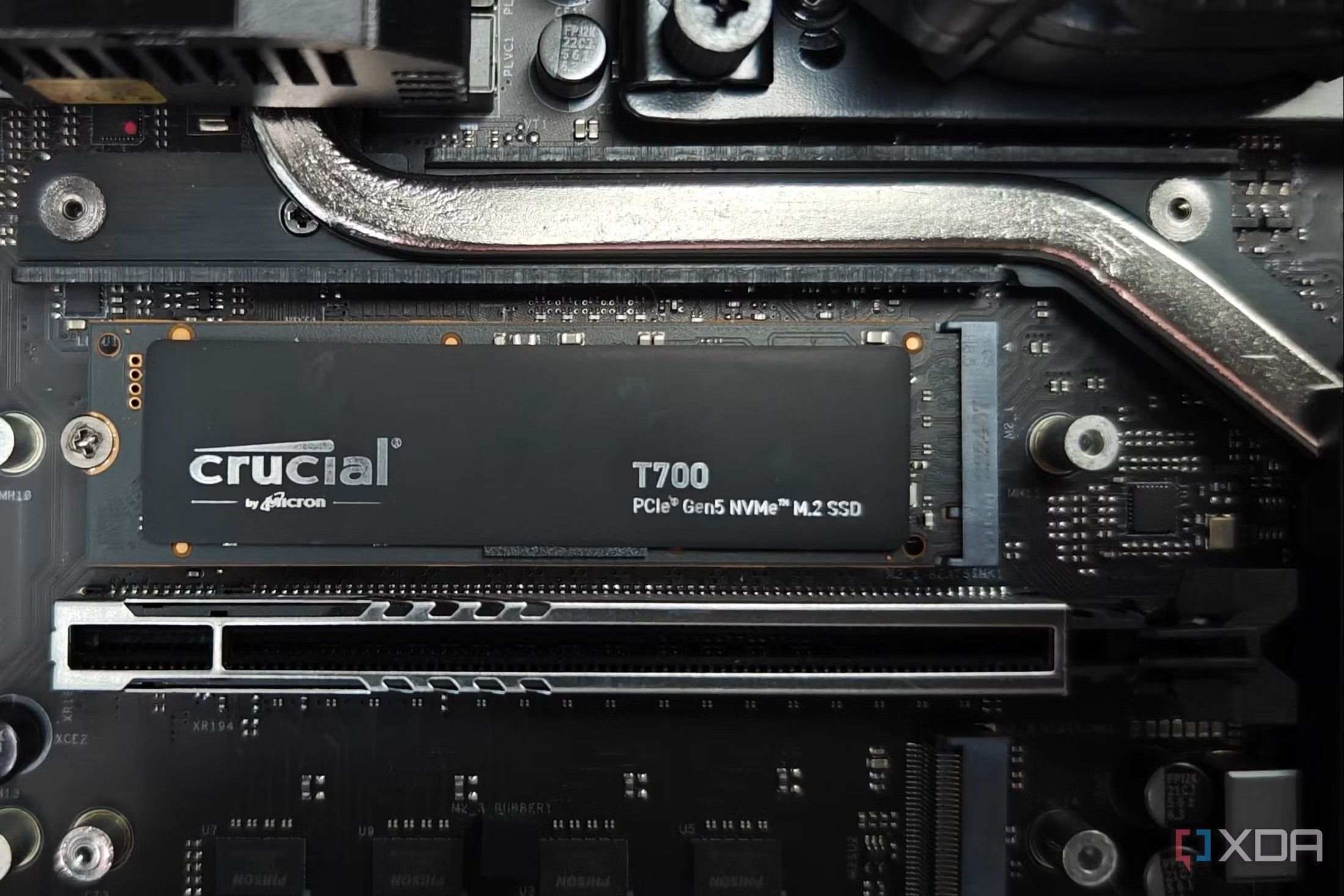Top Stories
Urgent Tips: Maximize Your NVMe SSD Performance Right Now!

New reports confirm that users can significantly enhance the performance and longevity of their NVMe (Non-Volatile Memory Express) SSDs by following six crucial tips. These fast storage solutions are transforming how we interact with technology, whether for gaming, high-end applications, or handling massive files. However, maintaining optimal performance is key to avoiding potential data loss and degradation.
UPDATE: Experts stress the importance of keeping TRIM enabled. This essential command allows your operating system to inform the SSD about unused data blocks that can be erased. Without TRIM, residual data clutters your drive, leading to reduced speeds. To check if TRIM is active, open Command Prompt or PowerShell and execute the command: fsutil behavior query DisableDeleteNotify. If you see a result of 0, TRIM is functioning; a result of 1 means you need to activate it with: fsutil behavior set DisableDeleteNotify 0.
Another crucial step is to always leave 10-20% of your SSD’s capacity free. Overloading your NVMe drive can lead to inefficiencies in data management and quicker wear. This practice, known as wear leveling, helps maintain high write speeds and extends the life of your drive. While it may not seem significant at first, filling your SSD can lead to slowdowns over time.
Moreover, keeping your NVMe drive cool is vital. Authorities recommend monitoring temperatures, especially during intense tasks like gaming or file transfers. If your drive exceeds 70°C, it may throttle performance to prevent damage. Use monitoring tools such as CrystalDiskInfo to keep tabs on heat levels, and consider adding heatsinks or improving case airflow.
In a surprising twist, experts warn against defragmenting SSDs. This outdated practice, suitable for traditional hard drives, can actually harm your SSD. Increased write cycles from defragmentation can decrease lifespan, as SSDs operate differently than mechanical drives. Thankfully, Windows typically disables defragmentation on SSDs, opting for TRIM optimization instead.
Heavy write workloads can also wear down your SSD faster. If you’re a video editor or coder, consider using secondary drives for temporary files or downloads. This strategy can significantly reduce the wear on your primary NVMe SSD, allowing it to perform optimally for an extended period.
Finally, regularly monitoring your SSD’s health is essential. Experts recommend checking metrics like total writes and drive temperature every few months. Utilize tools such as CrystalDiskInfo or brand-specific applications like Samsung Magician to stay informed about your drive’s condition.
These simple yet effective practices can help you maximize your NVMe SSD investment and ensure its long-term reliability. Don’t wait—implement these tips today to keep your drive performing at its best!
-

 Science2 weeks ago
Science2 weeks agoIROS 2025 to Showcase Cutting-Edge Robotics Innovations in China
-

 Politics2 weeks ago
Politics2 weeks agoJudge Considers Dismissal of Chelsea Housing Case Citing AI Flaws
-

 World2 weeks ago
World2 weeks agoBravo Company Veterans Honored with Bronze Medals After 56 Years
-

 Lifestyle2 weeks ago
Lifestyle2 weeks agoStone Island’s Logo Worn by Extremists Sparks Brand Dilemma
-

 Health2 weeks ago
Health2 weeks agoStartup Liberate Bio Secures $31 Million for Next-Gen Therapies
-

 Top Stories2 weeks ago
Top Stories2 weeks agoIndonesia Suspends 27,000 Bank Accounts in Online Gambling Crackdown
-

 Sports2 weeks ago
Sports2 weeks agoMel Kiper Jr. Reveals Top 25 Prospects for 2026 NFL Draft
-

 Health2 weeks ago
Health2 weeks agoTop Hyaluronic Acid Serums for Radiant Skin in 2025
-

 World2 weeks ago
World2 weeks agoHoneywell Predicts Record Demand for Business Jets Over Next Decade
-

 Sports2 weeks ago
Sports2 weeks agoYamamoto’s Mastery Leads Dodgers to 5-1 Victory in NLCS Game 2
-

 Politics2 weeks ago
Politics2 weeks agoNew Jersey Voters Urged to Register Ahead of November Election
-

 Lifestyle2 weeks ago
Lifestyle2 weeks agoMary Morgan Jackson Crowned Little Miss National Peanut Festival 2025









